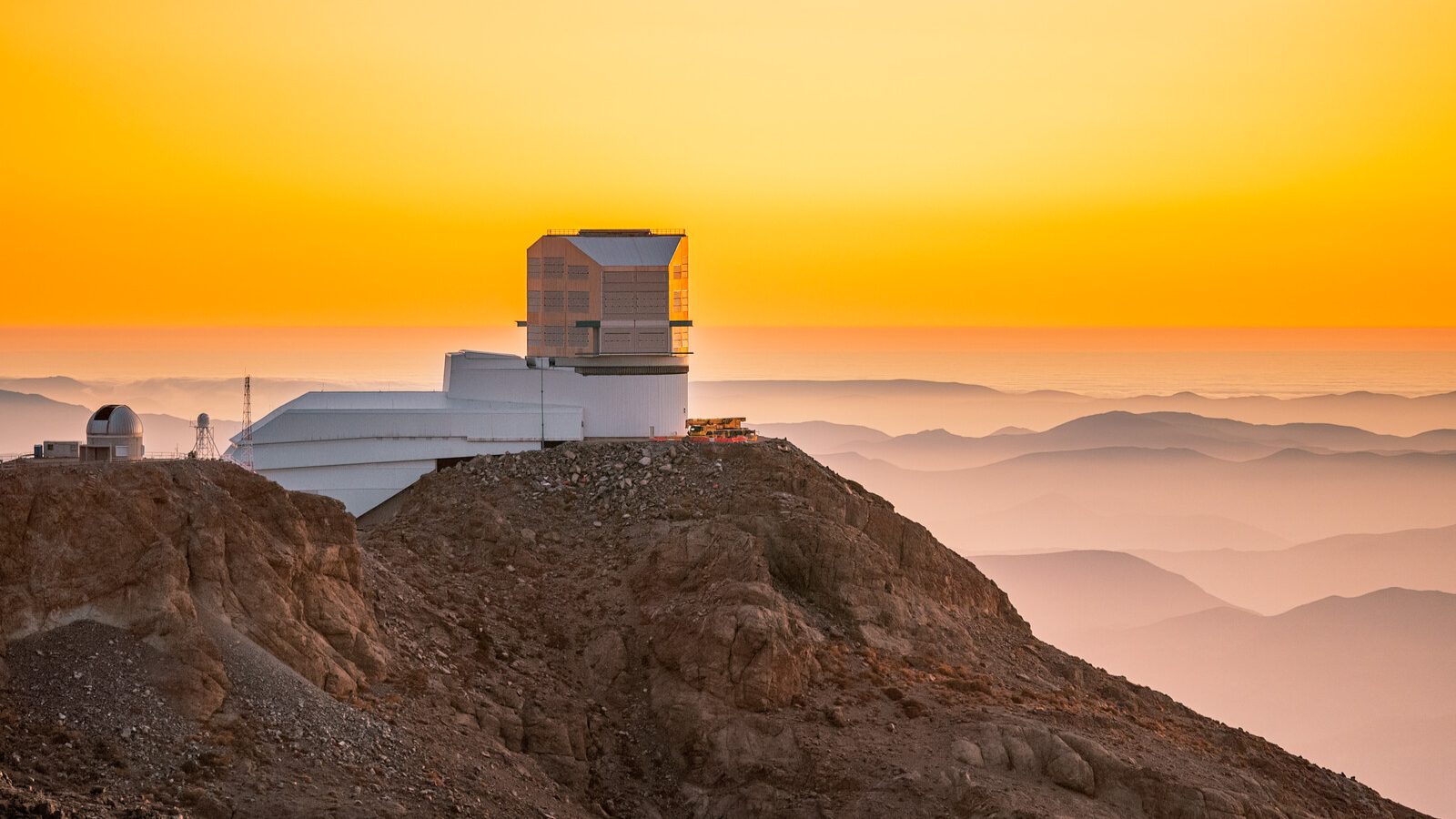
Scientists to unveil 1st images from the Vera C. Rubin Observatory on June 23: Watch the big moment live
How did your country report this? Share your view in the comments.
Diverging Reports Breakdown
Scientists to unveil 1st images from the Vera C. Rubin Observatory on June 23: Watch the big moment live
The Rubin Observatory is a next-generation telescope built to survey the southern sky. Viewers will get a first look at the magnificent images taken by the observatory’s 3,200-megapixel camera. The livestream begins at 11 a.m. EDT (1500 GMT) and will be simulcast on Space.com as well as on the Rubin Observatory’s official channels. The telescope’s massive 27.6-foot (8.4-meter) mirror and ultra-wide field of view make it uniquely powerful for exploring the dynamic universe, tracking everything from asteroids to the movement of the most distant galaxies. It’s named after American astronomer Vera Rubin, the first convincing evidence of dark matter’s existence.
A new window into the universe is about to open. On Monday (June 23), the Vera C. Rubin Observatory — a joint project between the U.S. National Science Foundation and the U.S. Department of Energy — will release its very first images in a live broadcast.
The livestream begins at 11 a.m. EDT (1500 GMT) and will be simulcast on Space.com as well as on the Rubin Observatory’s official channels. Viewers will get a first look at the magnificent images taken by the observatory’s 3,200-megapixel camera — the largest digital camera ever built.
Here’s everything you need to know to tune in.
What Is the Rubin Observatory?
Located high in the Chilean Andes, atop the mountain Cerro Pachón, the Rubin Observatory is a next-generation telescope built to survey the entire southern sky. Its primary mission, the Legacy Survey of Space and Time (LSST), will see the observatory photograph the sky for 10 years, producing an unprecedented amount of data in the form of massive, sky-wide time-lapses.
The telescope’s massive 27.6-foot (8.4-meter) mirror and ultra-wide field of view make it uniquely powerful for exploring the dynamic universe, tracking everything from asteroids to supernova explosions to the movement of the most distant galaxies.
There’s great hope that the Rubin Observatory’s data will help scientists unravel the mysteries of dark matter and dark energy, too. That’s why it’s named after American astronomer Vera Rubin, the veritable queen of dark matter who provided the first convincing evidence of the substance’s existence.
How to Watch
The livestream event — “First Look: Images from the Rubin Observatory LSST Camera” — will occur on Monday, June 23, at 11 a.m. EDT (1500 GMT). It’ll be broadcast in both English and Spanish.
Get the Space.com Newsletter Breaking space news, the latest updates on rocket launches, skywatching events and more! Contact me with news and offers from other Future brands Receive email from us on behalf of our trusted partners or sponsors
Where to Watch
— Right here on Space.com
— The Rubin Observatory’s event page and YouTube channel
— Local “First Look” watch parties around the world (find one near you here)
Why it matters
First light from a telescope is always a major moment — remember the space community’s collective joy during the first image releases from the James Webb Space Telescope?
For the Rubin Observatory, these first images are a major milestone in its commissioning process. Though the observatory isn’t expected to officially begin full science operations for the LSST mission until later this year, this reveal will give us a first look at just how powerful the telescope is — and get us excited for all the discoveries to come!
So join us on Monday morning for this historic debut. The Vera C. Rubin Observatory is ready to open its eyes and show us the universe in a new light.
